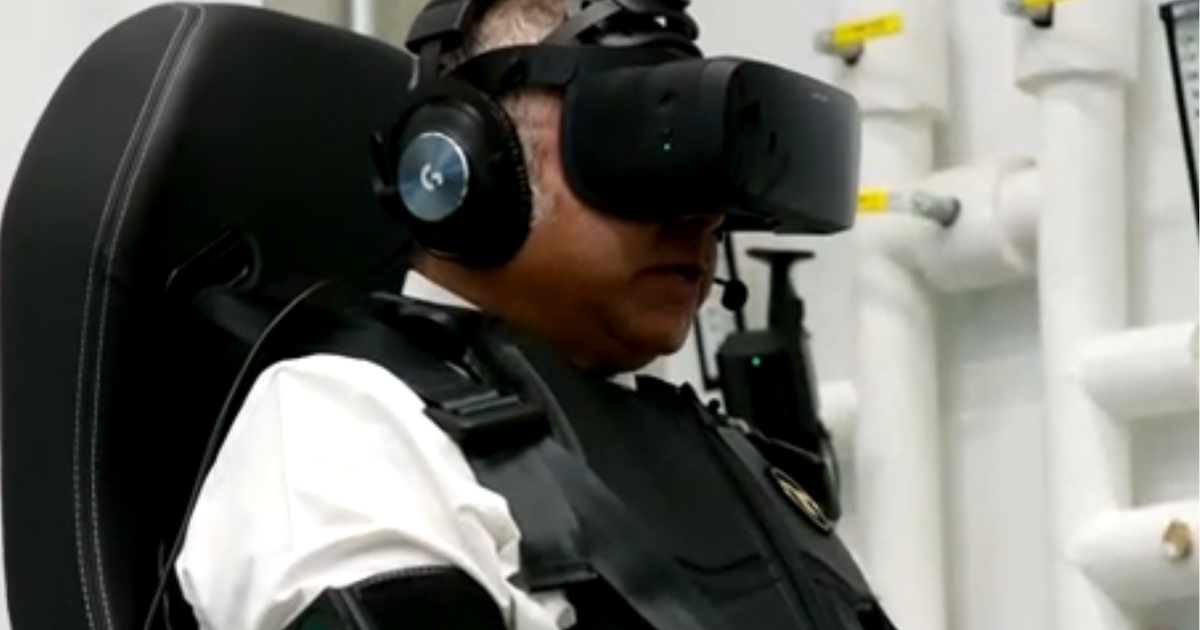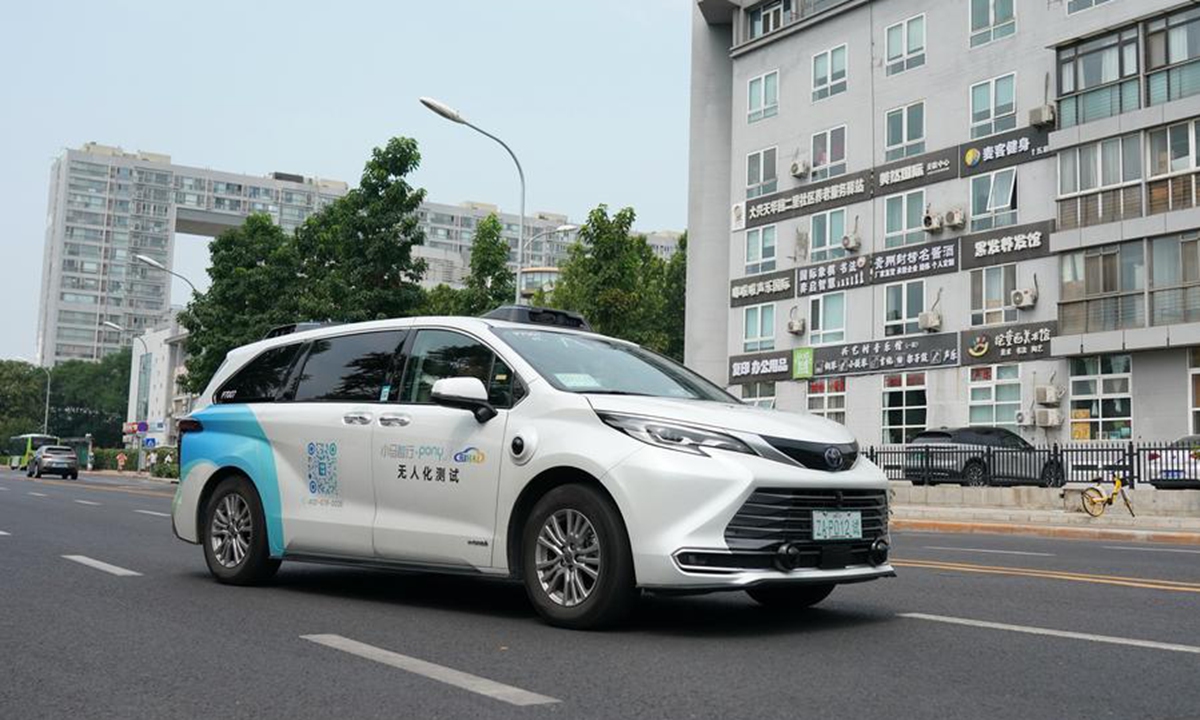Kiwi Ingenuity Takes Flight: New Tech Promises to Beat Spatial Disorientation and Boost Flight Safety

Spatial disorientation – that unsettling feeling of losing your bearings in the air – is a serious threat to pilots, contributing to a worrying 5-10% of all general aviation accidents, according to the FAA. But what if there was a way to combat this invisible danger? Thankfully, innovative new technology is emerging from research labs and finding its way into cockpits, offering a powerful tool to enhance pilot awareness and dramatically improve flight safety. Let's dive into how this game-changing tech works and why it's so crucial for New Zealand's skies and beyond.
Understanding the Problem: Why Spatial Disorientation Happens
Pilots rely heavily on visual cues to maintain orientation – the horizon, landmarks, and instruments. However, in conditions like cloud cover, darkness, or during rapid maneuvers, these cues can be misleading or disappear entirely. The inner ear, responsible for balance, can be tricked, and the brain struggles to reconcile conflicting information. This leads to spatial disorientation, where a pilot’s perception of their position and movement is inaccurate, potentially with disastrous consequences. It's not a sign of weakness; even experienced pilots can fall victim.
The Tech to the Rescue: Cutting-Edge Solutions
Several exciting technologies are being developed and implemented to tackle spatial disorientation:
- Enhanced Motion Sensors: Advanced Inertial Measurement Units (IMUs) provide highly accurate data about the aircraft’s attitude and movement, far exceeding the capabilities of traditional instruments. These sensors can detect subtle changes and provide a more reliable reference point.
- Augmented Reality (AR) Displays: Imagine a cockpit display that overlays critical information – like a virtual horizon – directly onto the pilot’s view of the outside world. AR technology is making this a reality, providing pilots with a constant, unambiguous reference, even in challenging conditions.
- Artificial Intelligence (AI) Integration: AI algorithms can analyze sensor data, predict potential disorientation, and provide proactive alerts to the pilot. This 'cognitive assistant' can help pilots maintain situational awareness and avoid risky maneuvers.
- Haptic Feedback Systems: These systems use vibrations or other tactile cues to alert pilots to potential disorientation, offering another layer of awareness beyond visual and auditory cues.
Benefits for New Zealand and Beyond
New Zealand’s unique geography – with its mountainous terrain and often unpredictable weather – highlights the critical need for enhanced flight safety. This technology isn’t just about preventing accidents; it’s about empowering pilots to fly with greater confidence and efficiency. The adoption of these systems will benefit:
- General Aviation Pilots: Enhancing safety for recreational flyers and smaller aircraft operators.
- Commercial Airlines: Improving safety and reducing crew workload on larger flights.
- Search and Rescue Operations: Providing pilots with the tools to navigate safely in challenging conditions during rescue missions.
The Future of Flight Safety
The development of these technologies represents a significant leap forward in flight safety. As these systems become more affordable and accessible, we can expect to see widespread adoption, leading to a dramatic reduction in spatial disorientation-related accidents and a safer, more confident aviation industry for everyone. It’s a testament to Kiwi ingenuity and a commitment to ensuring the safety of our skies.





